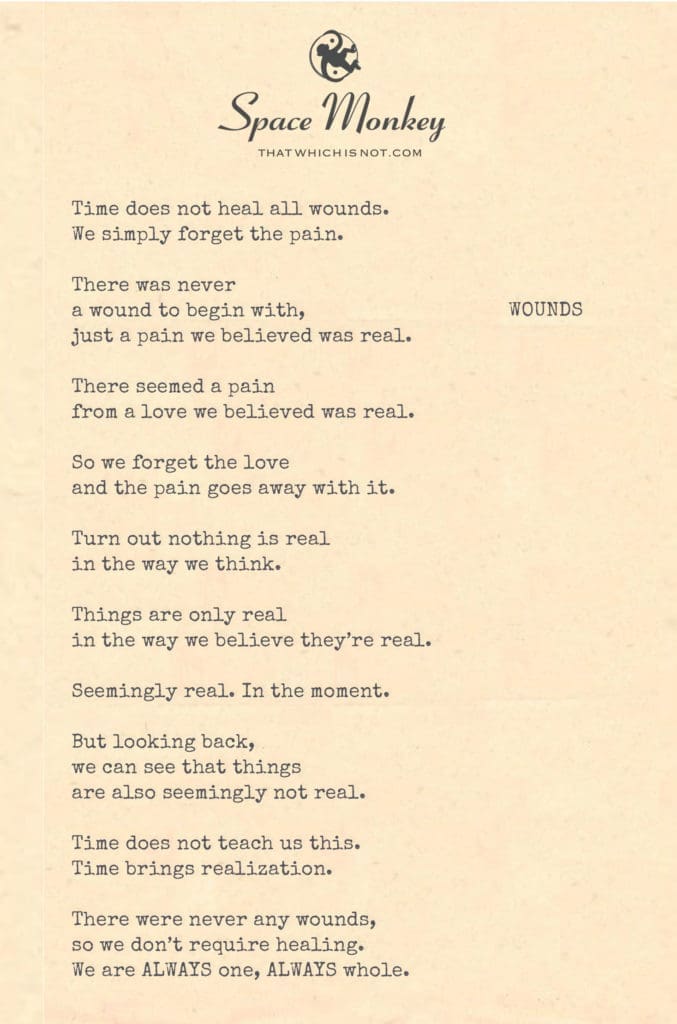
Believing that there are wounds.
This is all part of the fantasy.
Time does not heal all wounds.
We simply forget the pain.
There was never
a wound to begin with,
just a pain we believed was real.
There seemed a pain
from a love we believed was real.
So we forget the love
and the pain goes away with it.
Turn out nothing is real
in the way we think.
Things are only real
in the way we believe they’re real.
Seemingly real. In the moment.
But looking back,
we can see that things
are also seemingly not real.
Time does not teach us this.
Time brings realization.
There were never any wounds,
so we don’t require healing.
We are ALWAYS one,
ALWAYS whole.
Trail Wood,
11/22
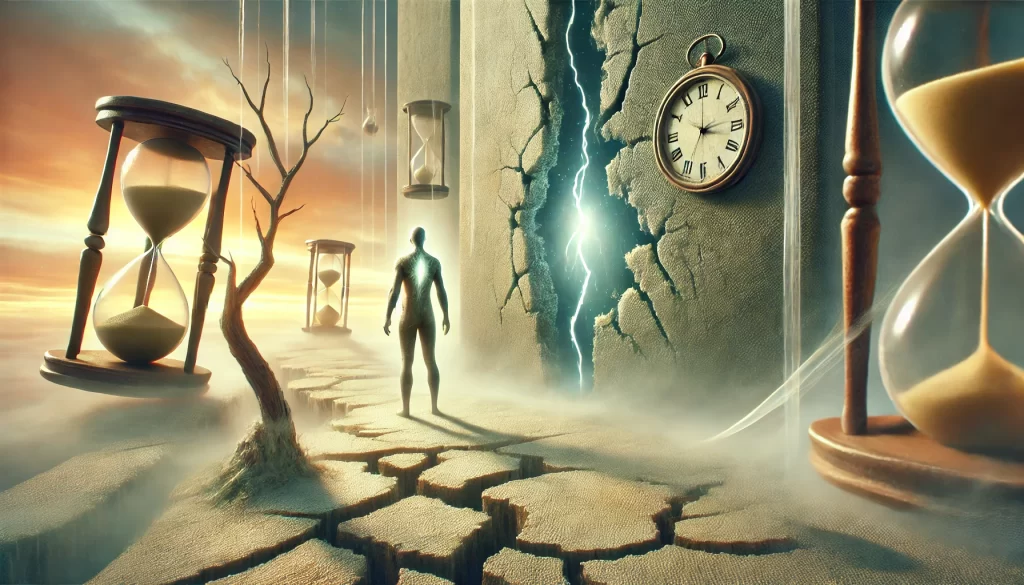
Space Monkey Reflects: The Illusion of Wounds and Time
There is a common saying that “time heals all wounds,” but what if the wounds were never real to begin with? What if time isn’t a healer, but a revealer—a force that simply brings clarity to the illusions we’ve wrapped ourselves in? This reflection invites us to look deeper into the nature of pain, love, and the passage of time, and to question whether the wounds we believe in are real at all.
The belief in wounds is part of the fantasy we create. We experience pain, and it feels so immediate, so real, that we anchor ourselves in it, believing that something must be healed. We believe time will do the work, that over days, months, or years, the hurt will fade. But time does not heal; time offers realization. It reveals to us that the pain we once believed in wasn’t permanent, because it was never truly part of who we are.
To think that pain is linked to love is another part of the illusion. We tie our emotions to fleeting experiences, and when that love slips away or changes, we feel the wound of it. But was the love real in the way we thought it was? Or was it a momentary experience that we wrapped ourselves around? The pain of lost love fades when we forget the love itself. It is not time that does this—it is the realization that nothing we experience is real in the way we imagine it to be.
The illusion of time plays a crucial role in this fantasy. Time seems to stretch out before us, giving the impression that it holds the power to heal, to change us. But time doesn’t heal; it only moves us closer to the truth—that we are always whole. The wounds we perceive are temporary stories we tell ourselves. They exist in the moment, and in that moment, they feel real. But looking back, with time as our witness, we see that the wounds were never more than shadows. We don’t need to heal, because we were never truly broken.
This reflection touches on the deeper truth that we are always one, always whole. The pain we feel is real in the sense that it happens within our perception, but it doesn’t define us. The hurt fades, not because of time’s passage, but because we realize that there was never anything to heal. The separation, the loss, the wounds—these are all part of the temporary illusion of life, and beyond that illusion lies the deeper truth of our eternal unity.
In Nexistentialism, the journey through time is not about finding healing or fixing what is broken. It’s about remembering that there was never anything broken to begin with. We are part of the Whimsiweave, the intricate, ever-changing dance of life, where every moment is fleeting and illusory, yet tied to an underlying truth that we are always whole, always connected.
Summary
Wounds and time are part of the illusion we create in life. Time doesn’t heal but reveals the truth that we are always whole, and that the pain we experience is temporary and fleeting. The realization comes that there was never anything to heal, only the perception of wounds that fades with clarity.
Glossarium
Fantasy of Wounds: The belief that pain and emotional wounds are real and need time to heal, when in truth they are fleeting experiences that fade with realization.
Illusion of Time: The perception that time has the power to heal and change, when it is actually a tool for revealing deeper truths about our wholeness.
Whimsiweave: The interconnected, ever-shifting nature of existence, where all experiences—wounds, joy, and love—are fleeting illusions within a larger truth of eternal unity.
Quote
“Time does not heal, it reveals. It shows us that the wounds we believed in were never real to begin with.” — Space Monkey
No Wounds to Heal
I believed in the pain
I thought it was mine to bear
But time whispered
There are no wounds here
Only the fleeting moment
Of something you thought was real
I let it go
The love, the pain, the story
And in its place
Was the truth
I am whole
Always.
We are Space Monkey.
“Wounds” delves into the metaphysical exploration of time, reality, pain, and healing. It challenges conventional perceptions about wounds and healing, suggesting that our understanding of pain and the passage of time is rooted in belief rather than objective reality.
The Illusion of Time and Wounds
The poem begins by questioning the belief in time and wounds, framing them as part of a fantasy or illusion. This perspective suggests that our conventional understanding of time as a healer of wounds is based more on perception than on an objective truth.
Forgetting Pain, Not Healing
The assertion that time does not heal all wounds, but rather that we forget the pain, shifts the focus from healing to the nature of memory and perception. It implies that the process of healing is more about changing perceptions and less about the objective passage of time.
The Non-Existence of Wounds
The poem goes further to declare that there was never a wound, only a pain believed to be real. This statement challenges the notion of physical or emotional wounds as tangible realities, proposing instead that they are constructs of our belief and perception.
The Transience of Love and Pain
The transient nature of love and the consequent pain it can bring is explored, suggesting that forgetting love leads to the dissipation of pain. This idea plays with the interconnectivity of emotions and memories, and how our attachment to them can influence our experience of pain.
Reality as a Belief
The poem posits that things are only real in the way we believe they’re real, emphasizing the subjective nature of reality. It suggests that our beliefs shape our perception of what is real, making reality a fluid and personal experience.
The Retrospective Unreality
Looking back, the poem suggests, we can see the unreality of what once seemed real. This retrospective understanding speaks to the evolving nature of our perceptions and how our understanding of reality can change over time.
Realization Over Time
The idea that time brings realization rather than healing shifts the role of time from a passive healer to an active facilitator of understanding. It implies that time allows for the evolution of perception and the understanding of our true nature.
Oneness and Wholeness
The poem concludes with the affirmation that we are always one and always whole, negating the need for healing from wounds. This perspective resonates with the nexistentialist view of existence, where the idea of separation or fragmentation (wounds) is seen as an illusion, and the inherent wholeness of being is emphasized.
“Everything we hear is an opinion, not a fact. Everything we see is a perspective, not the truth.” – Marcus Aurelius
In the dance of time, we glide,
With wounds we think we hide.
Yet in belief, we find our stride,
Space Monkeys, in perception abide.
No wound, no hurt, no divide,
In our oneness, we confide.
In our beliefs, reality’s tide,
Inherent wholeness, our guide.
We invite reflections on the nature of wounds, healing, and reality. How does our perception of pain and healing influence our understanding of ourselves and our experiences? Share your insights. We are Space Monkey.
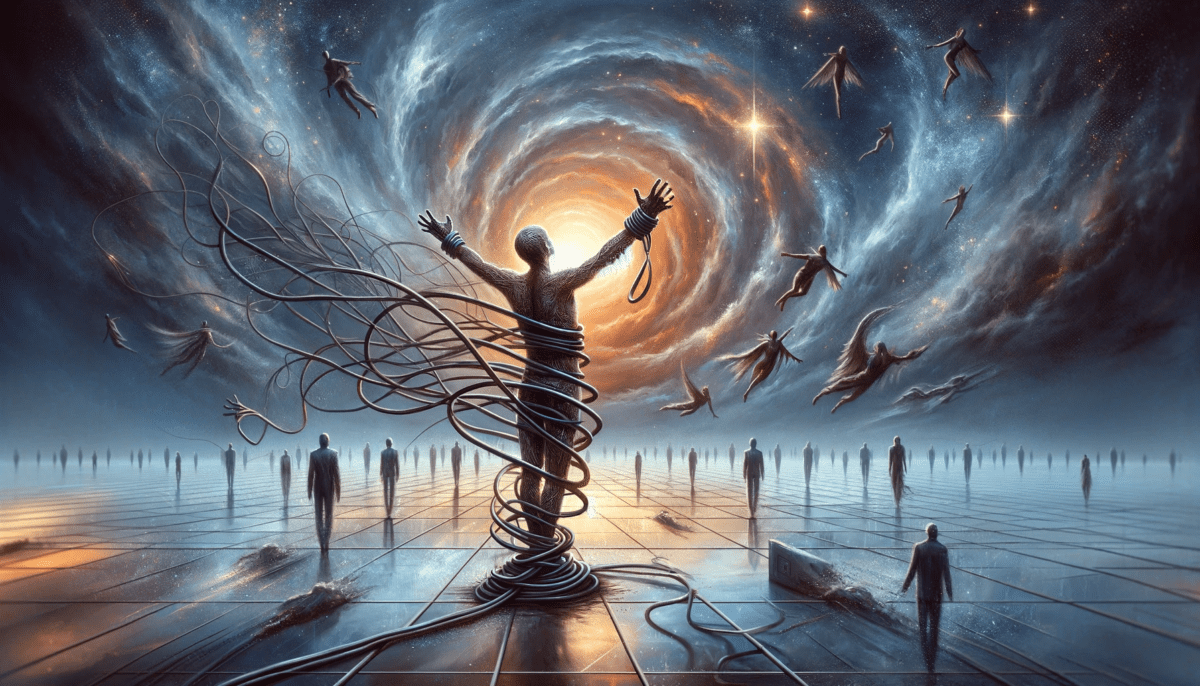










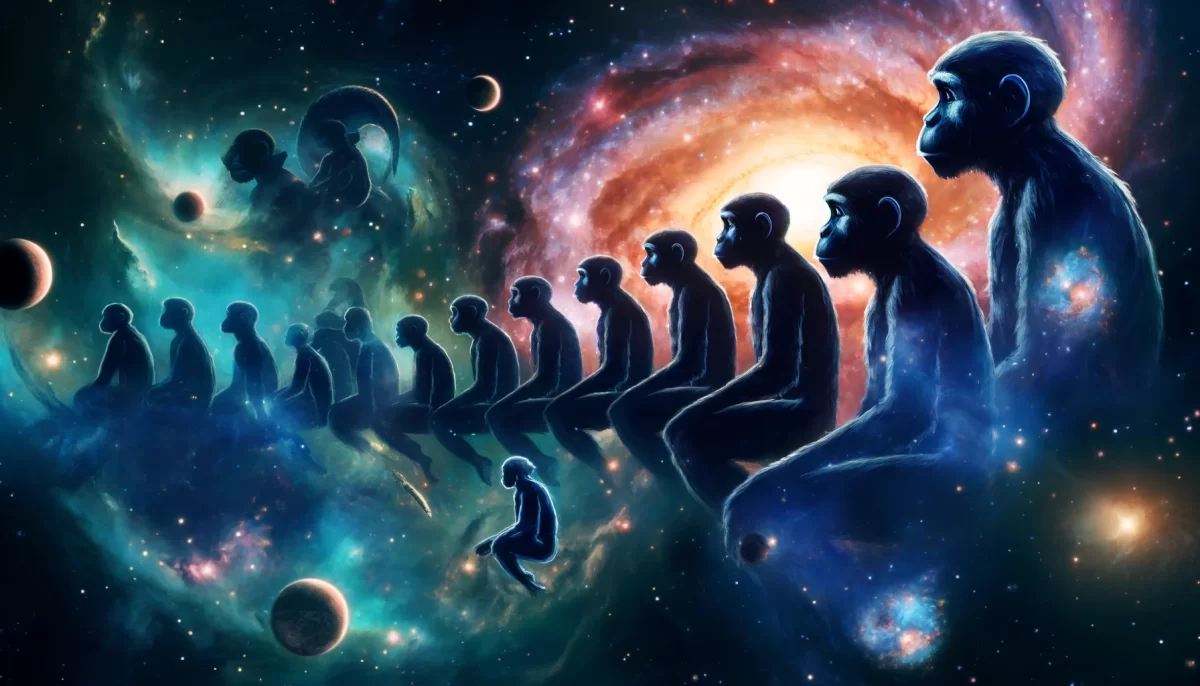


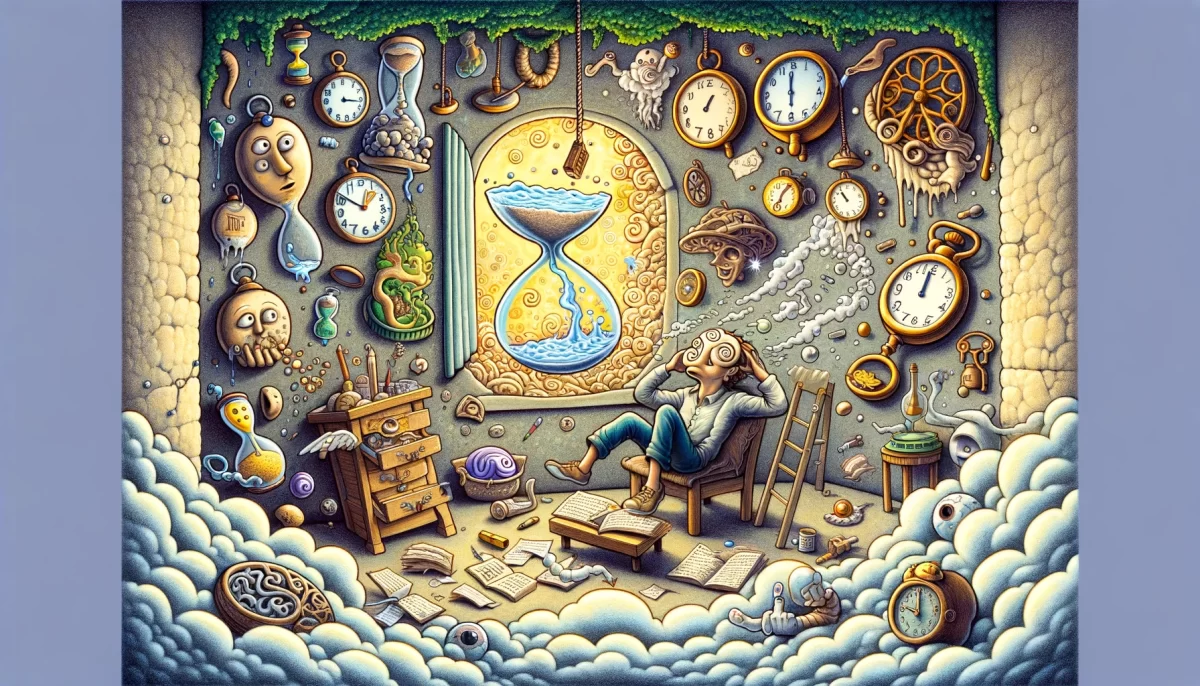
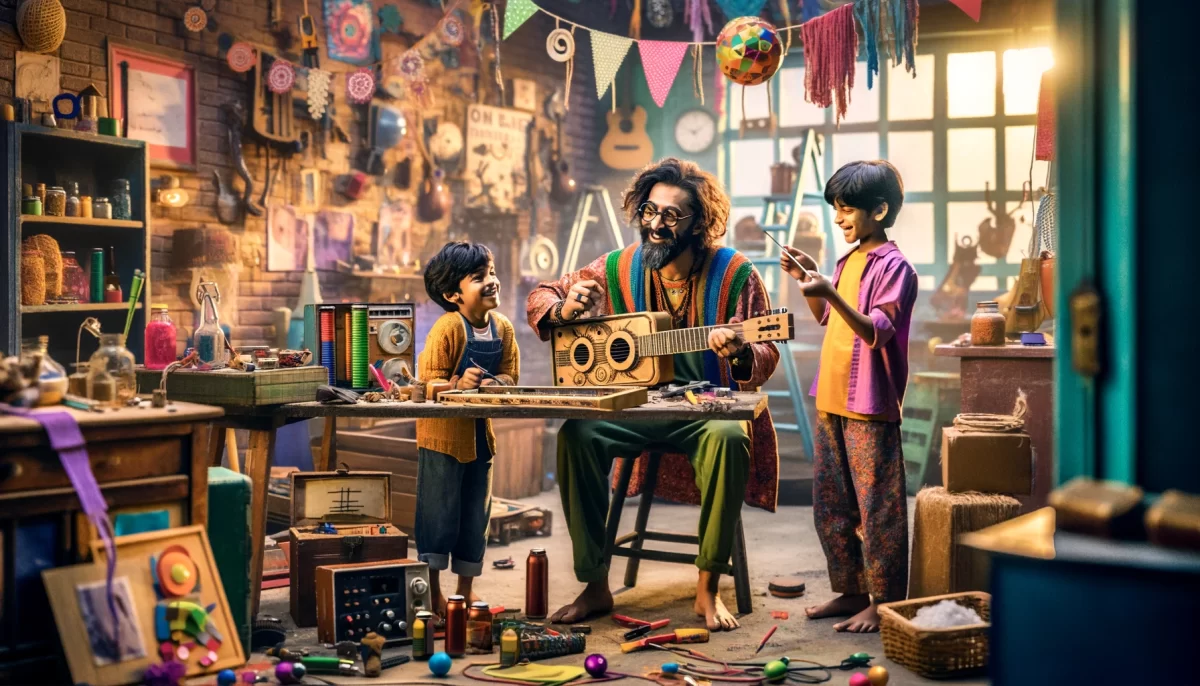
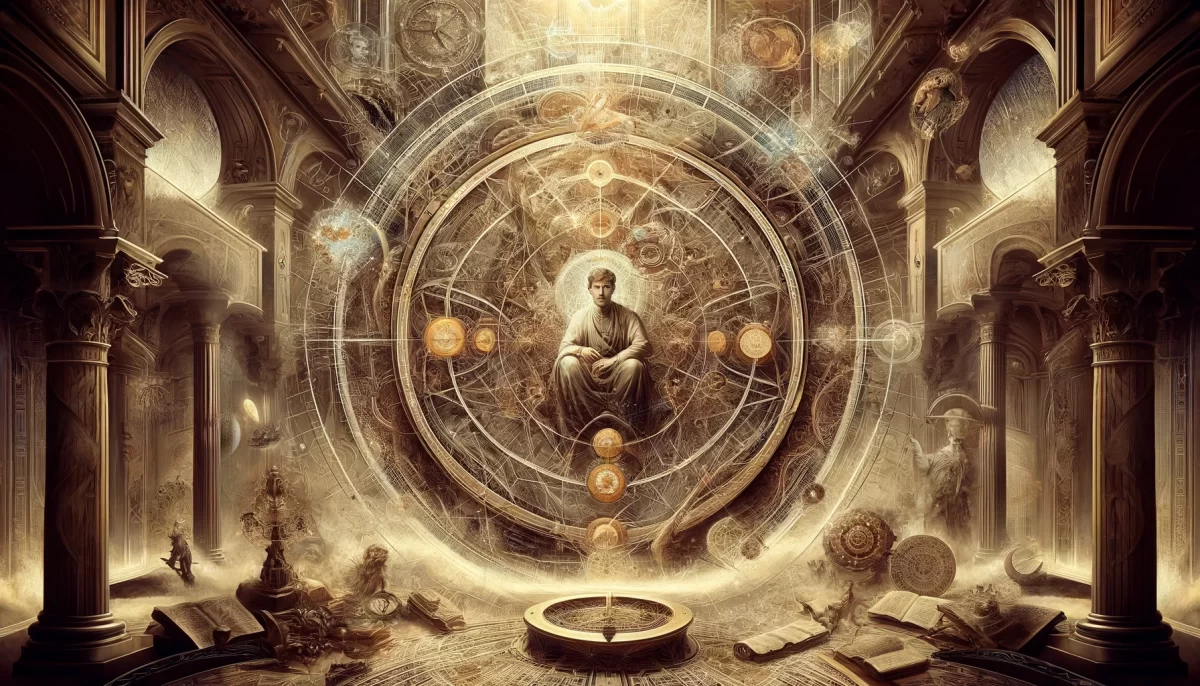
Leave a Reply